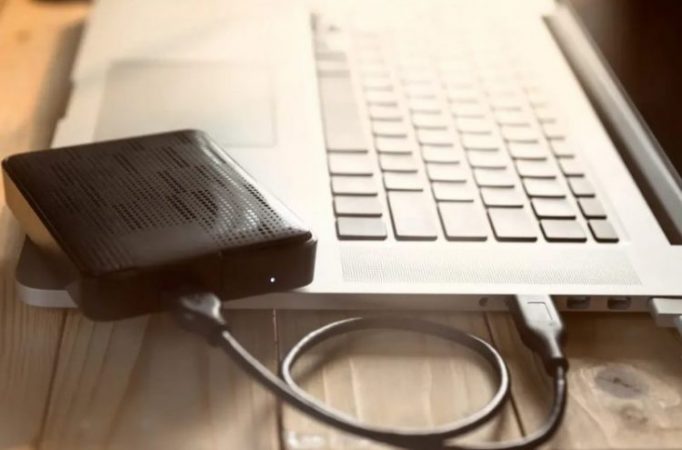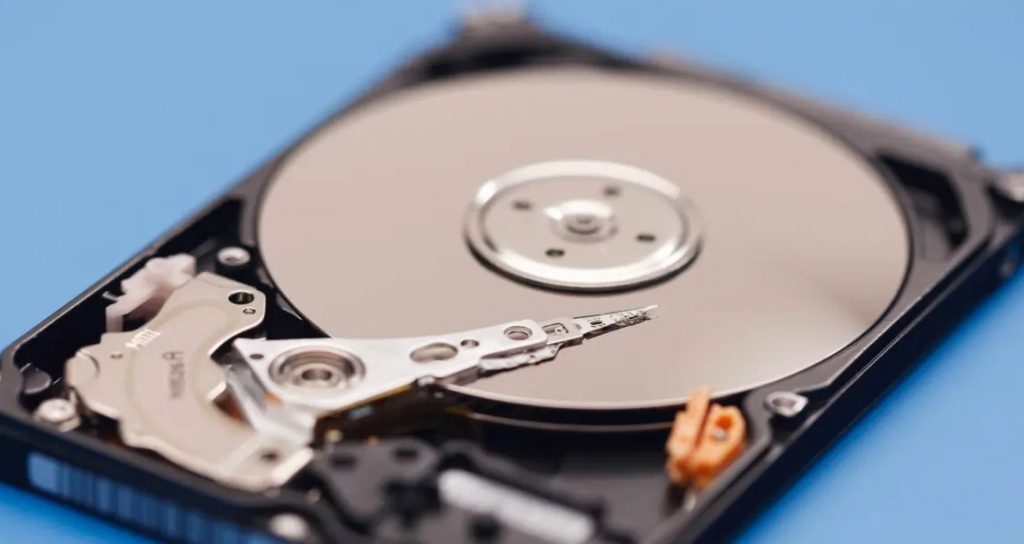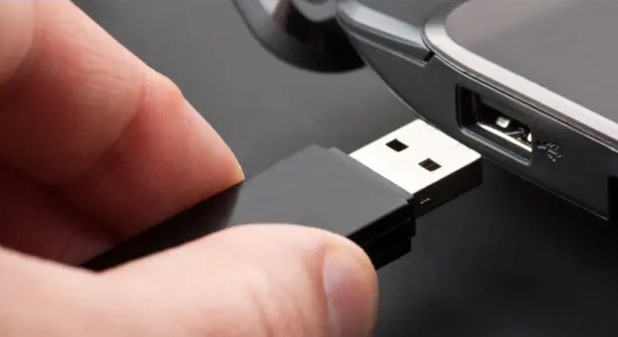
What’s the Difference Between FAT32, exFAT, and NTFS?
What’s the Difference Between FAT32, exFAT, and NTFS? Regardless of whether you’re organizing an inner drive, outside drive, USB streak drive, or SD card, Windows gives you the decision of utilizing three diverse record frameworks: NTFS, FAT32, and exFAT. The Format exchange in Windows doesn’t clarify the distinction, so we will.
A record framework gives a method of getting sorted out a drive. It indicates how information is put away on the drive and what sorts of data can be appended to records—filenames, authorizations, and different traits. Windows upholds three diverse record frameworks. NTFS is the most present-day record framework. Windows utilizes NTFS for its framework drive and, naturally, for most non-removable drives.
FAT32 is a more seasoned record framework that is not as proficient as NTFS and doesn’t uphold as large a list of capabilities, however offers more noteworthy similarity with other working frameworks. exFAT is a cutting-edge swap for FAT32—and a bigger number of gadgets and working frameworks support it than NTFS—yet it’s not close to as inescapable as FAT32.
NT File System (NTFS)

NTFS is the advanced document framework Windows likes to use naturally. At the point when you introduce Windows, it organizes your drive with the NTFS document framework. NTFS has record and parcel size restrictions that are so hypothetically tremendous you will not clash with them. NTFS initially showed up in customer adaptations of Windows with Windows XP, however, it initially appeared with Windows NT.
NTFS is loaded with current elements not accessible to FAT32 and exFAT. NTFS upholds record consents for security, a change diary that can help rapidly recuperate blunders if your PC crashes, shadow duplicates for reinforcements, encryption, circle share limits, hard connections, and different elements. Large numbers of these are critical for a working framework drive—particularly record authorizations.
Your Windows framework parcel should be NTFS. On the off chance that you have an optional drive close by Windows and you anticipate introducing projects to it, you ought to presumably feel free to make it NTFS, as well. What’s more, on the off chance that you have any drives where similarity isn’t actually an issue—since you realize you’ll simply be utilizing them on Windows frameworks—feel free to pick NTFS.
In spite of its benefits, where NTFS needs are similar. It’ll work with all new forms of Windows—right back to Windows XP—yet it has restricted similarity with other working frameworks. Naturally, Macs can just peruse NTFS drives, not keep in touch with them. Some Linux disseminations might empower NTFS-composing support, however, some might be perused as it were. None of Sony’s PlayStation consoles support NTFS. Indeed, even Microsoft’s own Xbox 360 can’t peruse NTFS drives, albeit the new Xbox Series X, S, and One can. Different gadgets are even more averse to help NTFS.
Similarity: Works with all renditions of Windows, yet readjust with Mac naturally, and might be perused simply of course with some Linux conveyances. Different gadgets—except for Microsoft’s Xbox One—likely will not help NTFS.
Limits: No practical document size or segment size limits.
Ideal Use: Use it for your Windows framework drive and other inner drives that will simply be utilized with Windows.
File Allocation Table 32 (FAT32)

FAT32 is the most established of the three record frameworks accessible to Windows. It was presented right back in Windows 95 to supplant the more established FAT16 record framework utilized in MS-DOS and Windows 3.
The FAT32 document framework’s age enjoys benefits and hindrances. The huge benefit is that since it’s so old, FAT32 is the true norm. Streak drives you buy will frequently come organized with FAT32 for the most extreme similarity across present-day PCs, however different gadgets like game control center and anything with a USB port.
Limits accompany that age, notwithstanding. Individual documents on a FAT32 drive can’t be over 4GB in size—that is the greatest. A FAT32 parcel should likewise be under 8TB, which in fact is to a lesser degree a restriction except if you’re utilizing super-high-limit drives.
While FAT32 is OK for USB streak drives and other outer media—particularly in the event that you realize you’ll utilize them on something besides Windows PCs—you will not have any desire to FAT32 for an inside drive. It comes up short on the authorizations and other security highlights incorporated into the more present day NTFS document framework. Likewise, current variants of Windows can at this point don’t be introduced to a drive arranged with FAT32; they should be introduced to drives designed with NTFS.
Similarity: Works with all variants of Windows, Mac, Linux, game control center, and essentially anything with a USB port.
Cutoff points: 4GB greatest document size, 8TB most extreme parcel size.
Ideal Use: Use it on removable drives where you need greatest similarity with the most extensive scope of gadgets, accepting you don’t have any documents 4GB or bigger in size.
Extended File Allocation Table (exFAT)

The exFAT document framework was presented in 2006 and was added to more established forms of Windows with updates to Windows XP and Windows Vista. exFAT is upgraded for streak drives—intended to be a lightweight document framework like FAT32, yet without the additional provisions and overhead of NTFS and without the constraints of FAT32.
Like NTFS, exFAT has exceptionally huge cutoff points on document and parcel sizes., permitting you to store records a lot bigger than the 4 GB permitted by FAT32.
While exFAT doesn’t exactly coordinate with FAT32’s similarity, it is more broadly viable than NTFS. While macOS incorporates read-just help for NTFS, Macs offer full read-compose support for exFAT. exFAT drives can be gotten to on Linux by introducing suitable programming. Gadgets can be somewhat of a mishmash. The PlayStation5 and PlayStation 4 help exFAT; the PlayStation 3 doesn’t. The Xbox Series X, S, and One help it, however the Xbox 360 doesn’t.
Similarity: Works with all variants of Windows and present-day forms of macOS, yet requires extra programming on Linux. A greater number of gadgets support exFAT than help NTFS, however a few—especially more seasoned ones—may just help FAT32.
Limits: No practical document size or segment size limits.
Ideal Use: Use it when you need greater document size and segment limits than FAT32 offers and when you need more similarity than NTFS offers. Accepting that each gadget you need to utilize the drive with upholds exFAT, you should design your gadget with exFAT rather than FAT32.
NTFS is great for inward drives, while exFAT is by and large great for streak drives. Notwithstanding, you may here and there have to design an outside drive with FAT32 in case exFAT isn’t upheld on a gadget you need to utilize it with.



